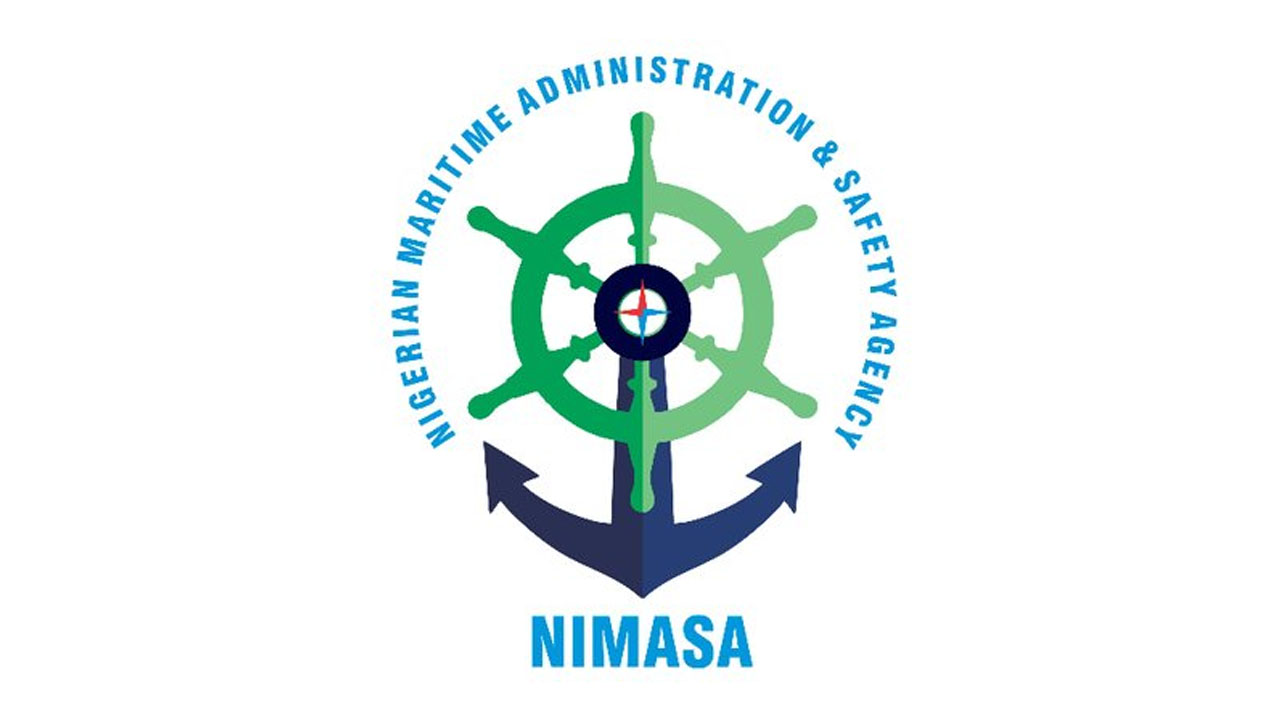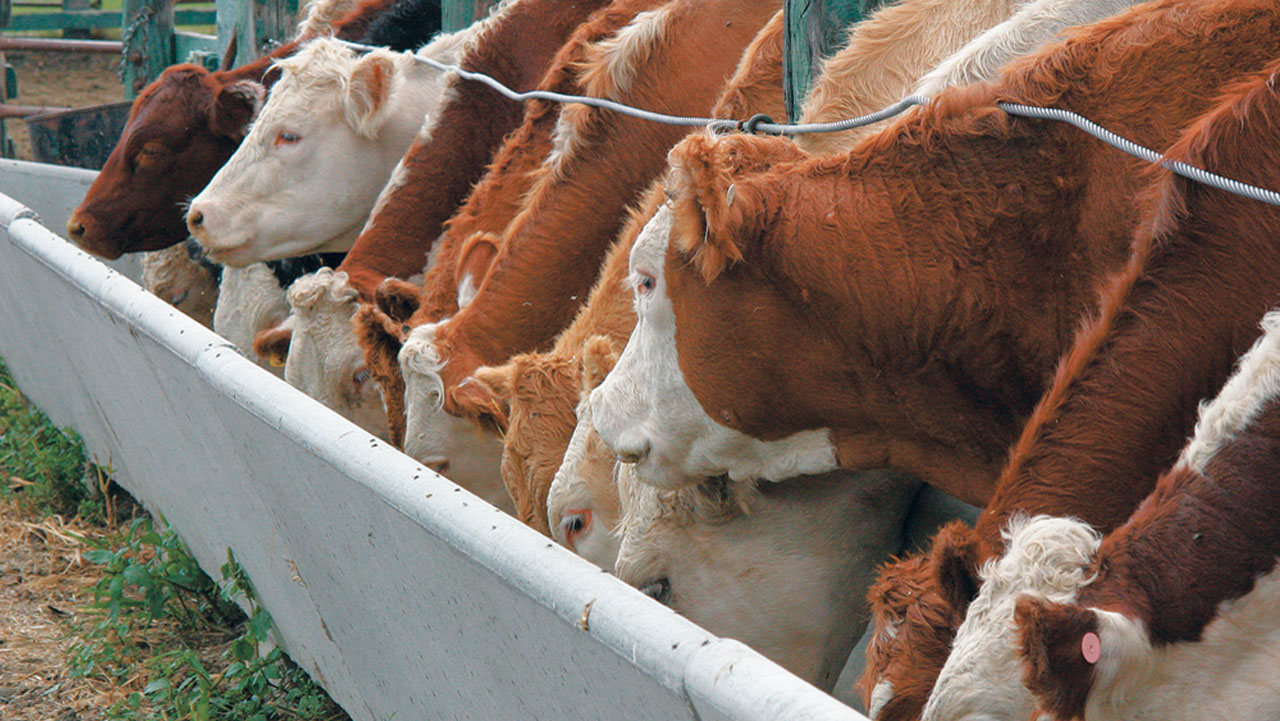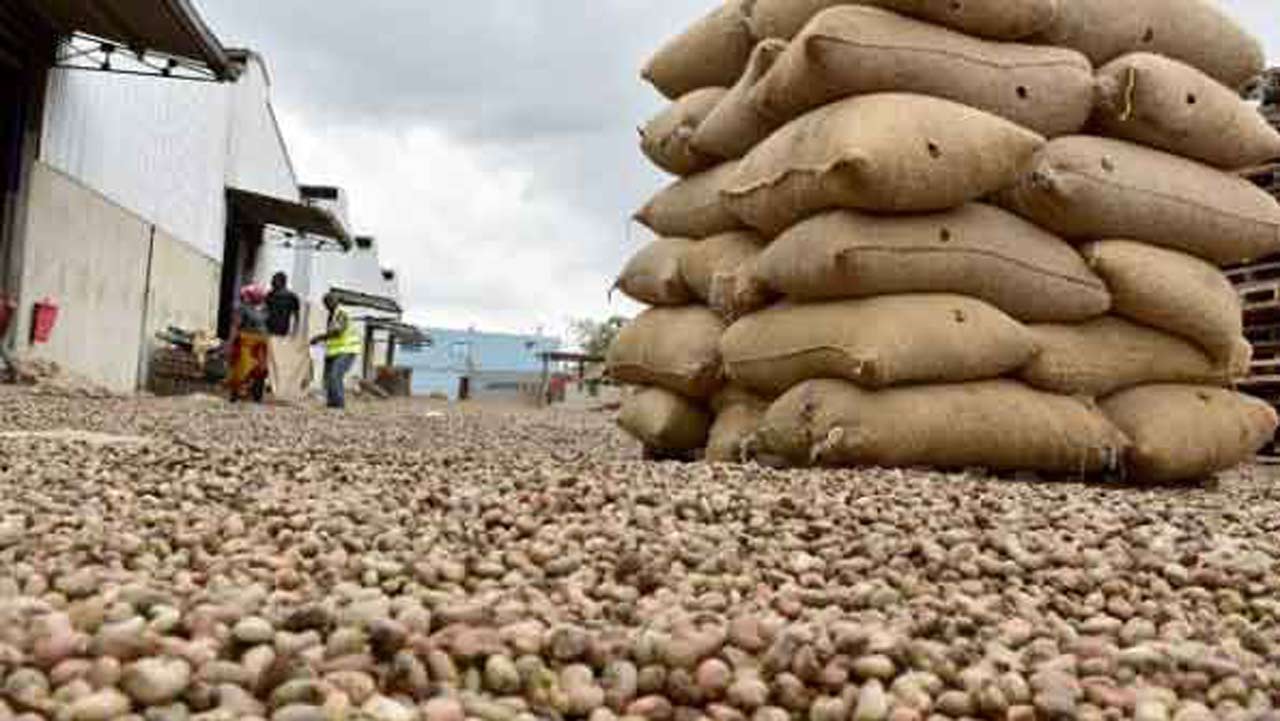A new United Nations report has warned that the slow pace of climate adaptation, especially in developing countries like Nigeria, is putting millions of lives and livelihoods at risk and exposing fragile economies to worsening disasters.
The Adaptation Gap Report 2025: Running on Empty, released by the UN Environment Programme (UNEP) ahead of COP30 in Brazil, revealed that developing countries will need over $310 billion a year by 2035 to protect people and infrastructure from rising temperatures, floods, and droughts. Yet, international funding for adaptation stood at just $26 billion in 2023, a seven per cent decline from the previous year.
The report showed that current adaptation spending is only about one-twelfth of what is required, widening the gap between what is needed and what is delivered. UNEP warns that unless funding increases sharply, the Glasgow Climate Pact goal of doubling international adaptation finance to $40 billion by 2025 will not be achieved.
UN Secretary-General António Guterres said while climate impacts are accelerating, adaptation finance is not keeping pace, leaving the world’s most vulnerable exposed to rising seas, deadly storms, and searing heat.
UNEP’s Executive Director, Inger Andersen, added that while more countries are developing national adaptation plans, implementation remains weak and financing is inadequate. “If we do not invest in adaptation now, we will face escalating costs every year,” she warned.
The warning comes as Nigeria faces increasing climate-related disasters. Floods displaced more than 1.4 million people in 2022 and caused damages estimated at N4.2 trillion, according to government data. Across the north, prolonged droughts and desert encroachment have reduced crop yields, worsened hunger, and fuelled rural migration.
Experts had warned that Nigeria’s adaptation efforts remain piecemeal, driven by donor projects rather than national commitment. Although the country has a National Adaptation Plan, funding and data gaps continue to undermine progress. Public budgets for climate adaptation are thin, while access to global funds remains limited by bureaucracy and poor institutional coordination.
The UNEP report also found that while 172 countries now have adaptation plans or policies, 36 of them, including Nigeria, have outdated or poorly implemented strategies that fail to reflect emerging risks. The result, the report warns, could be maladaptation, which projects that unintentionally worsens vulnerabilities.
Beyond the figures, UNEP’s findings highlight problems often ignored in public discussions. One is the risk of debt traps. Much of the adaptation finance reaching developing countries still comes as loans rather than grants. For debt-burdened nations like Nigeria, taking on more loans to build flood defences or irrigation systems may offer temporary relief but deepen long-term fiscal stress.
Another overlooked issue is the limited role of the private sector. While the report estimates that businesses could provide up to $50 billion yearly for adaptation investments globally, current private flows hover around $5 billion. In Nigeria, private participation is minimal due to weak risk management frameworks and policy uncertainty.






